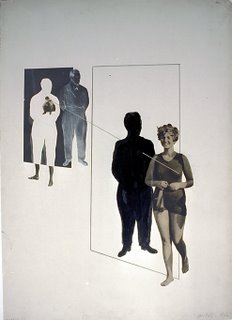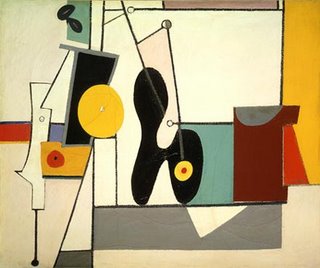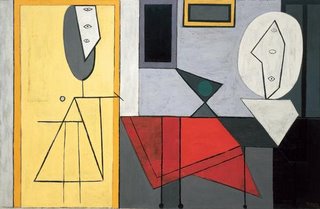With loads of work, it is hard to celebrate Halloween. Tomorrow I will go to Sugar Loaf. This village is hard to find on the map so it is easy to think that it has been part of Hansel & Gretel’s tale, very Halloweenian ! This Sugar Loaf is in upstate New York where I am going to visit Kurt Seligmann’s House.
The reminder for these images was a symposium in Zimmerli Art Museum in Rutgers University, where I attended last Saturday; Detours of Technology: Insights into the Hungarian and Weimar German Oeuvres of Laszlo Moholy-Nagy. The same exhibition was up in the Graduate Center Art Gallery last spring. I have seen these Photmontages in a course I took last year. I don't get tired of looking at them. They have this personal story behind them and at the same time they are not biography of their creators but biography of the period in which they have been created.
Happy Halloween!
The reminder for these images was a symposium in Zimmerli Art Museum in Rutgers University, where I attended last Saturday; Detours of Technology: Insights into the Hungarian and Weimar German Oeuvres of Laszlo Moholy-Nagy. The same exhibition was up in the Graduate Center Art Gallery last spring. I have seen these Photmontages in a course I took last year. I don't get tired of looking at them. They have this personal story behind them and at the same time they are not biography of their creators but biography of the period in which they have been created.
Happy Halloween!







